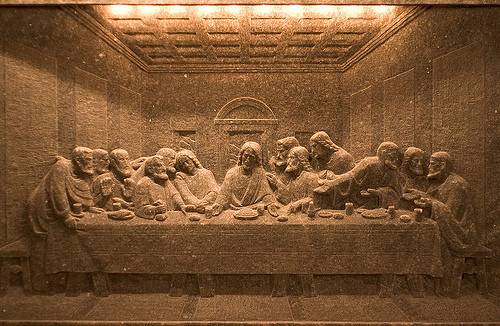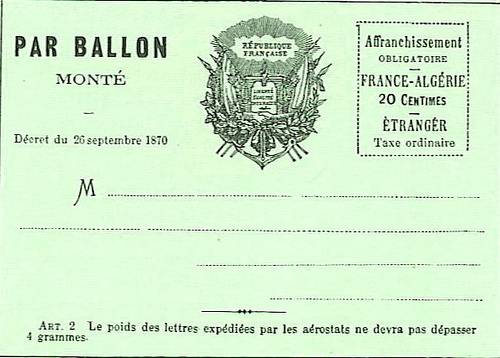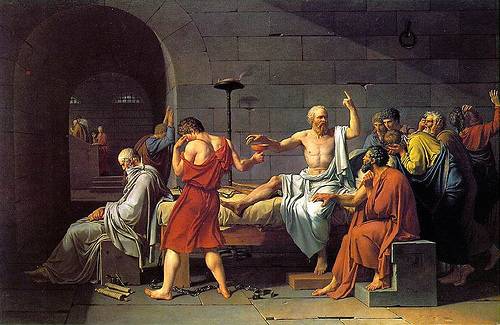
This is a little embarrassing — the CIA is having trouble decrypting a sculpture on its own grounds.
The piece, called Kryptos, was dedicated 15 years ago by American artist James Sanborn. It’s inscribed with four different messages, each encrypted with a different cipher. Sanborn would say only that the sculpture contains a riddle within a riddle, which will be solvable only after the four passages have been decrypted. He gave the complete solution to CIA director William H. Webster, who has passed it on to his successors.
The first three messages have been solved by CIA analysts, but the fourth — and the final riddle — remains open.
If you don’t want to work on this yourself, you can wait for Da Vinci Code author Dan Brown — reportedly it’s the subject of his next book.



